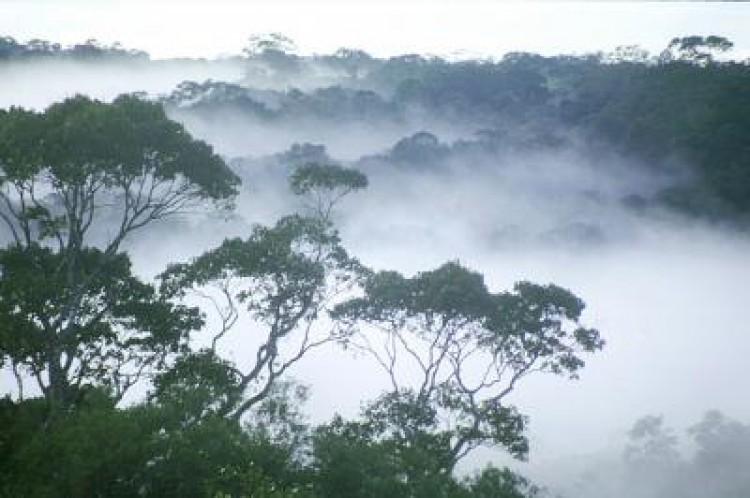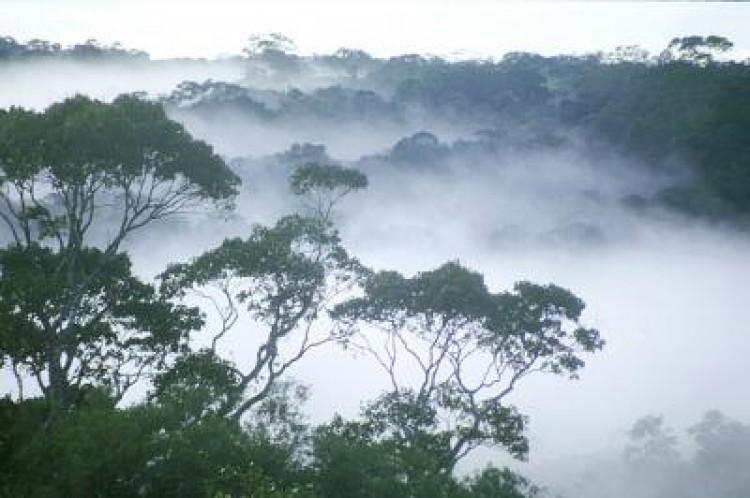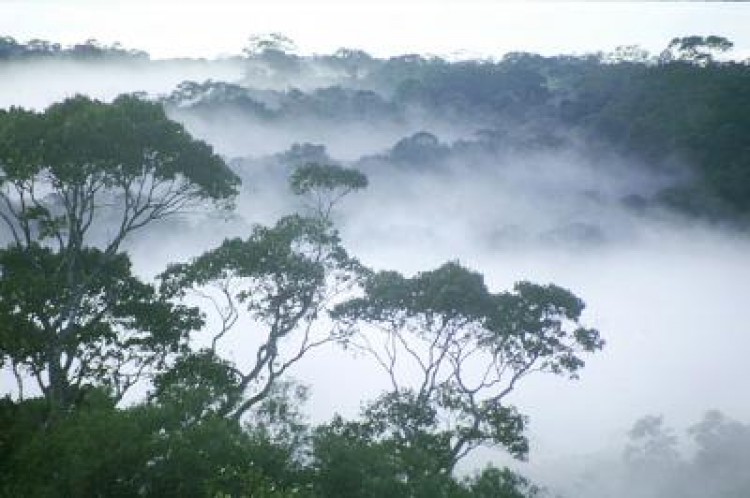Areas where endangered species are concentrated also tend to be home to numerous endangered languages, according to a new international study based on geographic information systems (GIS).
Biodiversity hotspots are inhabited by many species that are threatened due to loss of over 70 percent of their habitat. There are 35 hotspots globally, covering 2.3 percent of our planet’s surface and containing 43 percent of known terrestrial vertebrate species and over half the Earth’s vascular plant species.
Similarly, high biodiversity wilderness areas are biologically rich, although less threatened. Both are also the site of high linguistic diversity.
The multidisciplinary team aimed to find out more about people who live in regions where biodiversity conservation is important. Their results suggest that such areas are home to 70 percent of the world’s languages, many of which are unique and disappearing.
While linguists estimate that 50 to 90 percent of our languages will die out by the end of this century, biologists believe that the annual rate of species extinction is about 1,000 higher than any previous time in history.
“Paul Ehrlich likened the loss of species to removing the rivets in a plane’s wings,” study co-author and landscape architect Larry J. Gorenflo of Penn State University said in a press release, referring to the renowned American ecologist and demographer. “How many rivets can you remove before the wing falls off and the plane falls out of the sky?”
“Similarly, how many species can you lose before an ecosystem fails? Unfortunately, stopping species loss in a world of 7 billion people is extremely challenging.”
Using global mapping information from Conservation International, nearly 7,000 languages were located geographically in conjunction with biodiversity hotspots and high biodiversity wilderness areas.
At a regional level, 3,202 languages were found to occur in 35 hotspots around the world, containing almost half of all languages, and five high biodiversity wilderness areas covering just over 6 percent of the Earth’s surface are home to 1,622 languages.
“What ends up happening when we lose linguistic diversity is we lose a bunch of small groups with traditional economics,” explained Gorenflo.
“Indigenous languages tend to be replaced by those associated with a modern industrial economy accompanied by other changes such as the introduction of chain saws,” he continued. “In terms of biodiversity conservation, all bets are off.”
With linguistic loss, environmental knowledge can also be lost due to the disappearance of words and culture. This relationship suggests that biodiversity loss will continue rapidly without the maintenance of cultural diversity.
“I think it argues for concerted conservation efforts that are integrated and try to maintain biodiversity and cultural diversity,” said Gorenflo. “In many cases it appears that conditions that wipe out species wipe out languages.”
It is possible that the indigenous cultures associated with these endangered languages maintain the conditions needed for species and ecosystems to thrive.
This research could help to increase the significance of high biodiversity areas, and to implement strategies that preserve both species and language richness, for example in the Indo-Burma hotspot in South-East Asia, which has almost 400 languages.
The findings were published in the early online edition of the Proceedings of the National Academy of Sciences on May 7.
The Epoch Times publishes in 35 countries and in 19 languages. Subscribe to our e-newsletter.






